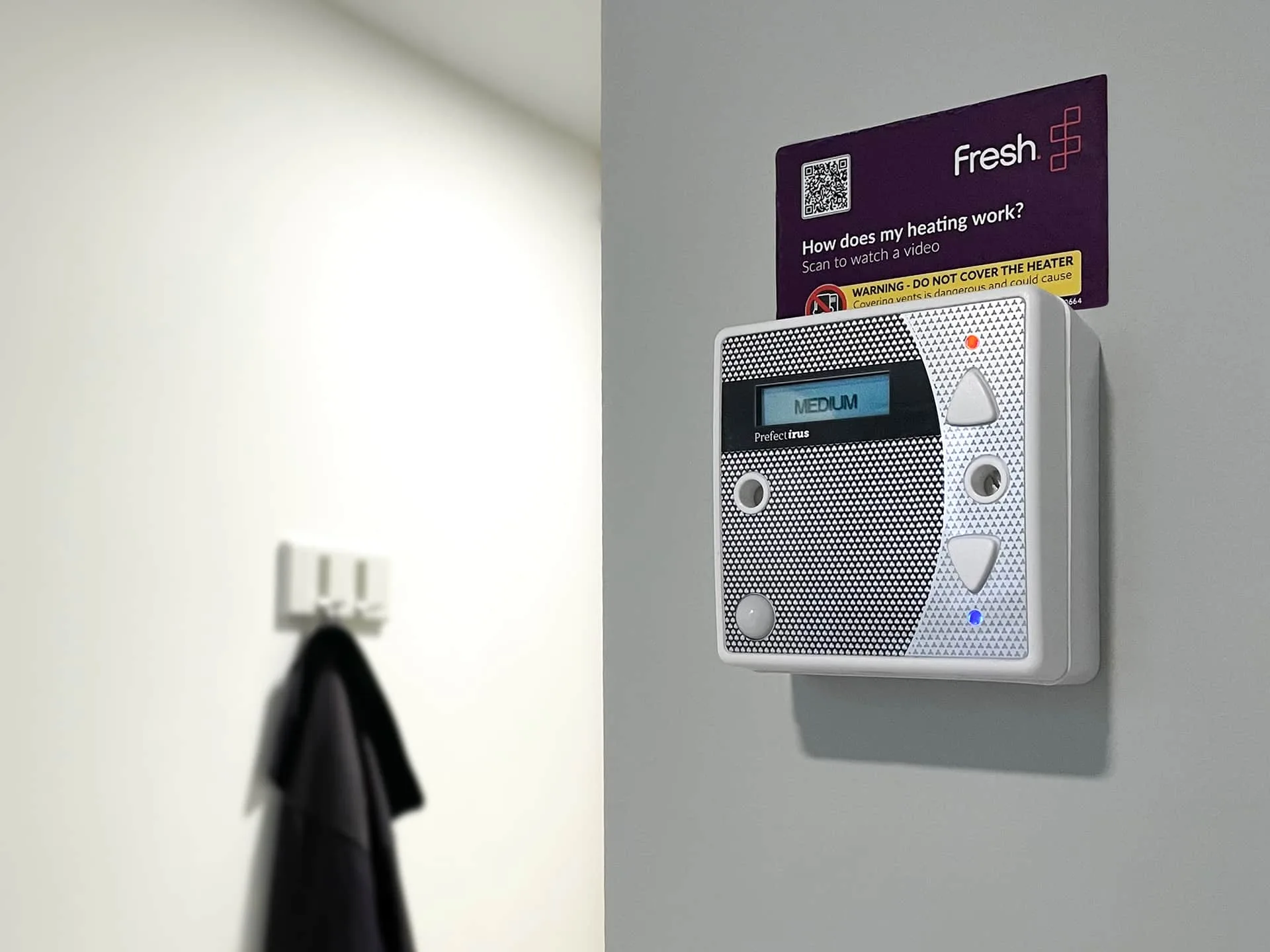
20th Mar 2025

Welcome to the EMS latest news page, where we share updates about our business.
Here, you’ll find the latest information on our services, technology investments, and company milestones. Stay informed about our new partnerships, service launches, and industry insights. Our team are committed to providing up-to-date information and keeping you in the loop on all the exciting developments at our facility.
You can also follow us on social media. Our links can be found on our website.
Thank you for staying connected with EMS.









